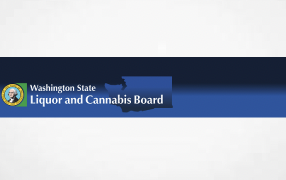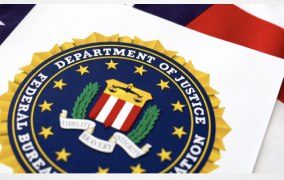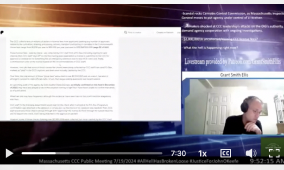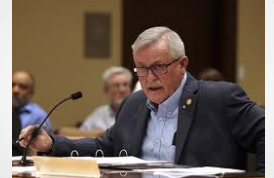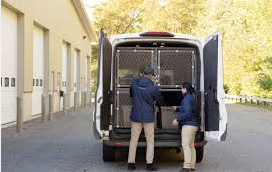Here’s an extract from the article and they wisely warn western entrepreneurs and investors that the Thai’s have been doing this a long time , so, as always in Asia, tread lightly and tread carefully.
While the Thai Cannabis Corporation hopes to include the marijuana that Thailand was once world famous for in their product line, they will only go as rapidly as the law and Thai government will allow. “The mission of the Thai Cannabis Corporation,” said CEO Timothy Luton, “is to provide an excellent return to shareholders by partnering with Thailand’s farmers and scientific researchers to make, at high volumes and affordable prices, cannabis products that are above reproach.”
Thailand’s slow shift towards marijuana legalization stands in stark contrast to America’s anarchic “Green Rush,” the greatest exhibition of human greed since gold was discovered in California in 1849. Unlike Vietnam, Cambodia, and Laos, a foreign army has never occupied Thailand and they have staved off foreign invaders for centuries. Generations of Western businessmen have been baffled by their unique and refined Buddhist sensibility that often seems to value mental equilibrium and social grace as much as profit.
EXTRACT
However, behind the smile and behind the wai are some of the toughest people on earth. Rapacious western marijuana speculators looking to get rich quick would be wise to heed the words of Townsend Harris, the American envoy to Siam (Thailand), who wrote in 1856: “It is an old saying here [in Bangkok] that those who come here for business should bring one ship loaded with patience, another loaded with presents, and a third ship for carrying away the cargo.”
The first Thai marijuana to reach the United States came in the 1960s via the Army Post Office. The difference between Thai marijuana and most Vietnamese and Cambodian cannabis, was the difference between bathtub corn whiskey and single malt scotch. In 1967, one amazed DEA agent to called it “the Cuban cigar of the marijuana world.”
“Who can forget the first strange-looking Thai Sticks a decade ago! Dense, seedless, stronger than a bull elephant. Years before sophisticated sinsemilla techniques were incorporated into the crop management of U.S. growers,” wrote High Times magazine, the journal of record for pot connoisseurs, “the Thais were, without effort, turning out a superior product.” What sold for $3 per kilo at the farm in Isan, easily fetched $4,000 a kilo in any city in the United States in the early 1970s.
The foreign demand for marijuana produced a boom in Thailand’s poorest region during the 1970s and 80s. North of Udorn on the banks of the Mekong sits Isan, a plateau as large as many American states (62,000 square miles) that floods during monsoon season and is arid and dusty during the dry season. Although rice fields are hard to irrigate and do not yield much, marijuana thrives thanks to the Mekong River, whose tributaries replenish the region with rich, silty soil. Farmers in Northeast Thailand take the same care with their cannabis plants that French vintners take with their grapevines.
“They know how to grow so nice, I mean how to take care of the flower, how to take out the male plant,” said one retired Thai marijuana broker. After they harvested and dried the cannabis sativa flowers (buds), the farmers and their families neatly and uniformly tied them to small bamboo sticks and secured them with threads of hemp fiber.
What made the criminalization of marijuana particularly difficult, not just in Thailand, but certain parts of Southeast Asia, was that it was considered little more than a medicinal or cooking herb with little or no local legal or moral stigma attached. The plant had grown in Thailand, Laos, Cambodia, and Vietnam for centuries and various preparations were used to treat: migraine headaches, cholera, malaria, dysentery, asthma, digestion, parasites, and post-childbirth pain.
“Almost every corner, every house, they have it in the yard growing. The older people, they will like it. The working heavy guy, he will like it,” said one retired Thai grower, “but they use for medicine also, when you really feel fever. So if you have nothing there, you can get like one branch, and ground it up.”
Under Thailand’s 1934 Marijuana Act, penalties for any amount of the plant could not exceed one year in prison. When criticized by American officials for tolerating cannabis, Thailand leaders were quick to remind them that drug abuse was not part of their culture.
“The United States has been able to send men to the Moon. It has built sophisticated weapons for its own defense. Why can’t it do anything effective about narcotics getting to its shores,” Prime Minister Kriangsak Chamanan said in 1977. He reminded the Americans of the rules of capitalism, “Where there are markets, there is bound to be trade, either legal or illegal.” This point was echoed by Alfred McCoy, in his magisterial study, The Politics of Heroin in Southeast Asia, “Driven by myopic moralism, U.S. policy ignores the fundamental dynamics of the drug trade. Over the past two centuries, narcotics have become the major global commodities that operate on fluid laws of supply and demand not susceptible to simple repression.”
Full article at https://thediplomat.com/2018/04/thailands-legendary-marijuana/

